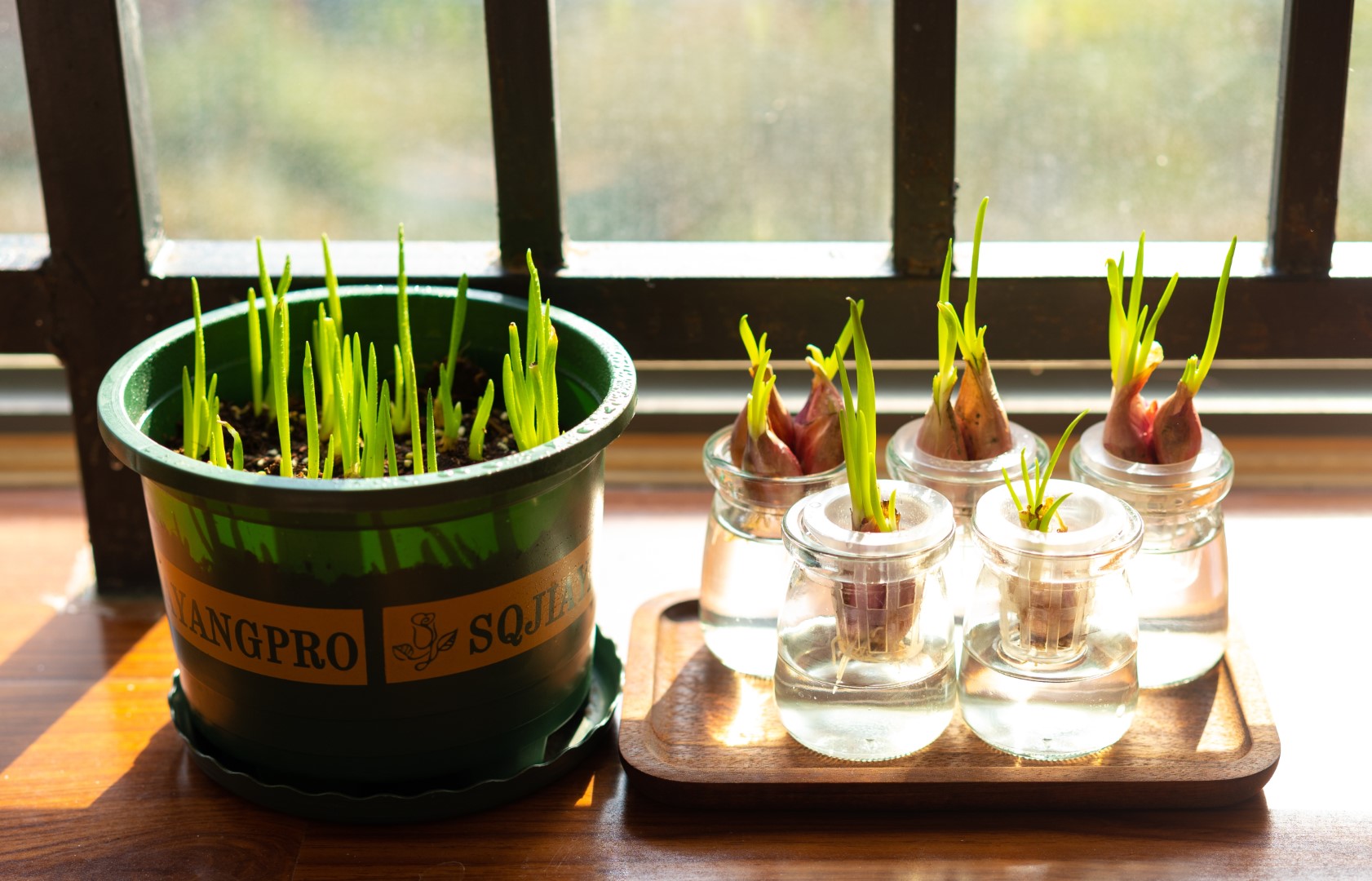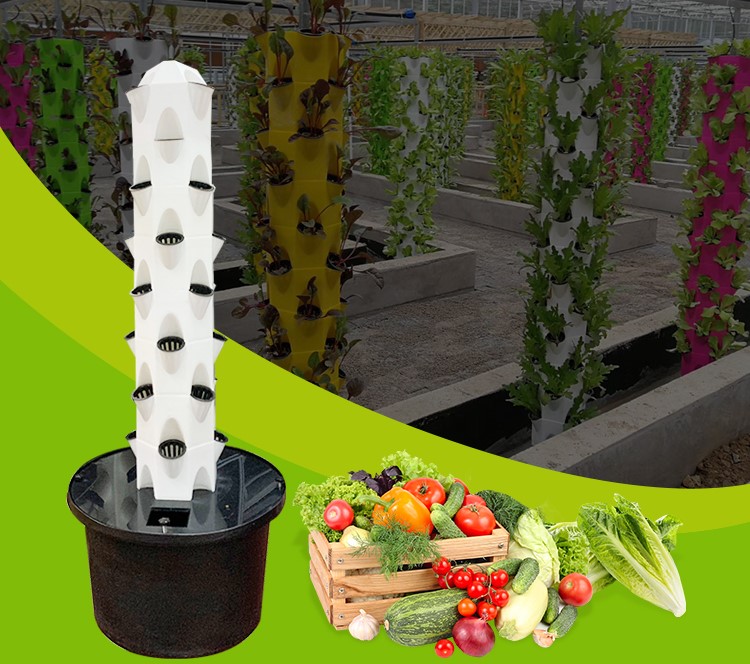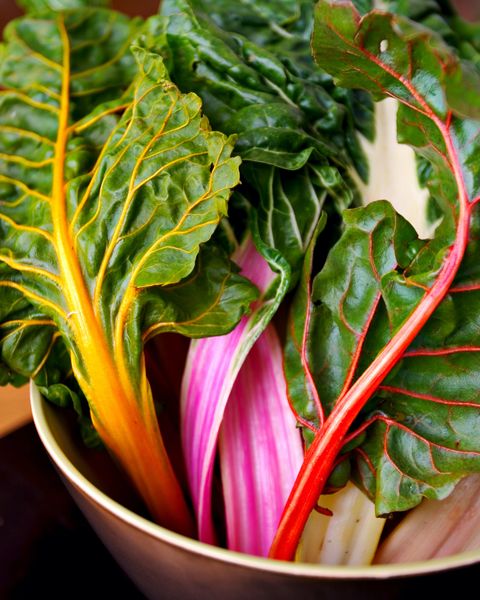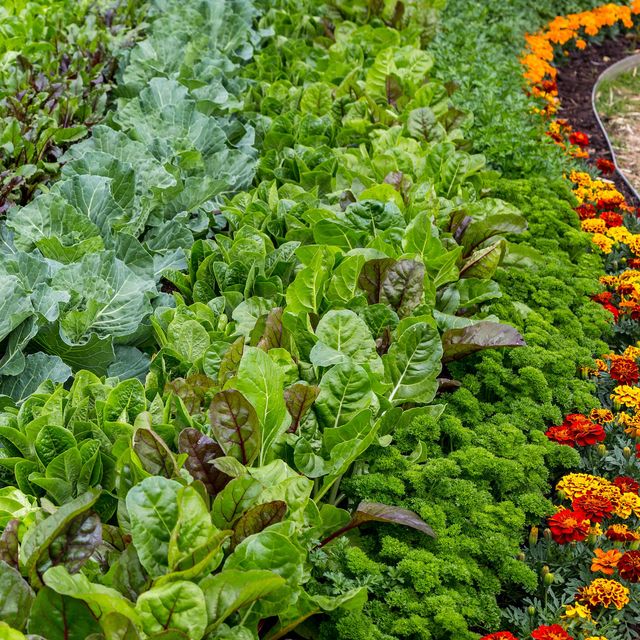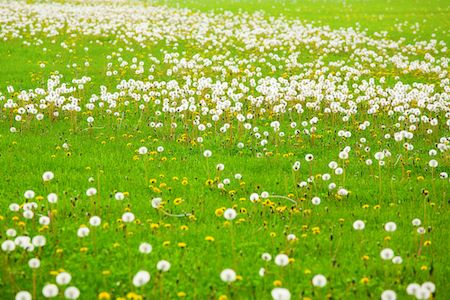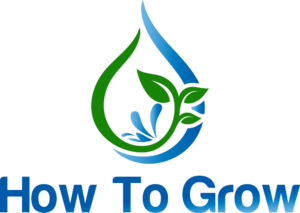Introduction To Hydroponics
Hydroponic gardening is the act of growing a plant in a nutrient-less medium and all the plant nutrition is water-soluble being delivered through the irrigation system. With a range of different hydroponic systems, nutrient lines, and growing mediums it can be a lot to take in. Having a basic understanding of the different types of hydroponic systems is a great place to start.
This article is meant to help understand the basics of the hydroponics environment and the parameters that need to be monitored in order to successfully grow plants. These basics include understanding nutrients, mixing the nutrients, testing your water Ph, growing media, and how to maintain the system during the growth cycles. Once you grasp a good understanding of the basics, you will be able to competently operate any hydroponic garden of your choosing.
Hydroponic Nutrients
All nutrient lines have to be complete with the basic macronutrients required for healthy plant growth. This is known as the NPK ratio. Whichever nutrient line you choose all of these nutrients are going to be found in the “base nutrients” of the product line. These base nutrients are the foundation to the health of the plants and are most commonly known as Micro, Grow, Bloom, or in an A-B mix.
Base Nutrients
The Micro, Grow, Bloom, (a.k.a. 3 part mix) allows the grower to have better control over the NPK ratio within the system. While each part has its own individual NPK ratio focusing on specific nutrients within the ratio, having them separate allows you to adjust the formula for feeding to a specific stage of growth.
The A-B mix doesn’t offer as much control over NPK but better ease of use with simple mixing instructions. With the A-B base, it is common to have 4 different products that make up the total of the base nutrients. This would include a Vegetative growth A-B and a Bloom Growth A-B. For better clarification, there is an A bottle that includes half the NPK ratio and a B bottle that has the other half of the NPK ratio. Some Lines have a one-part grow and one-part bloom as well.
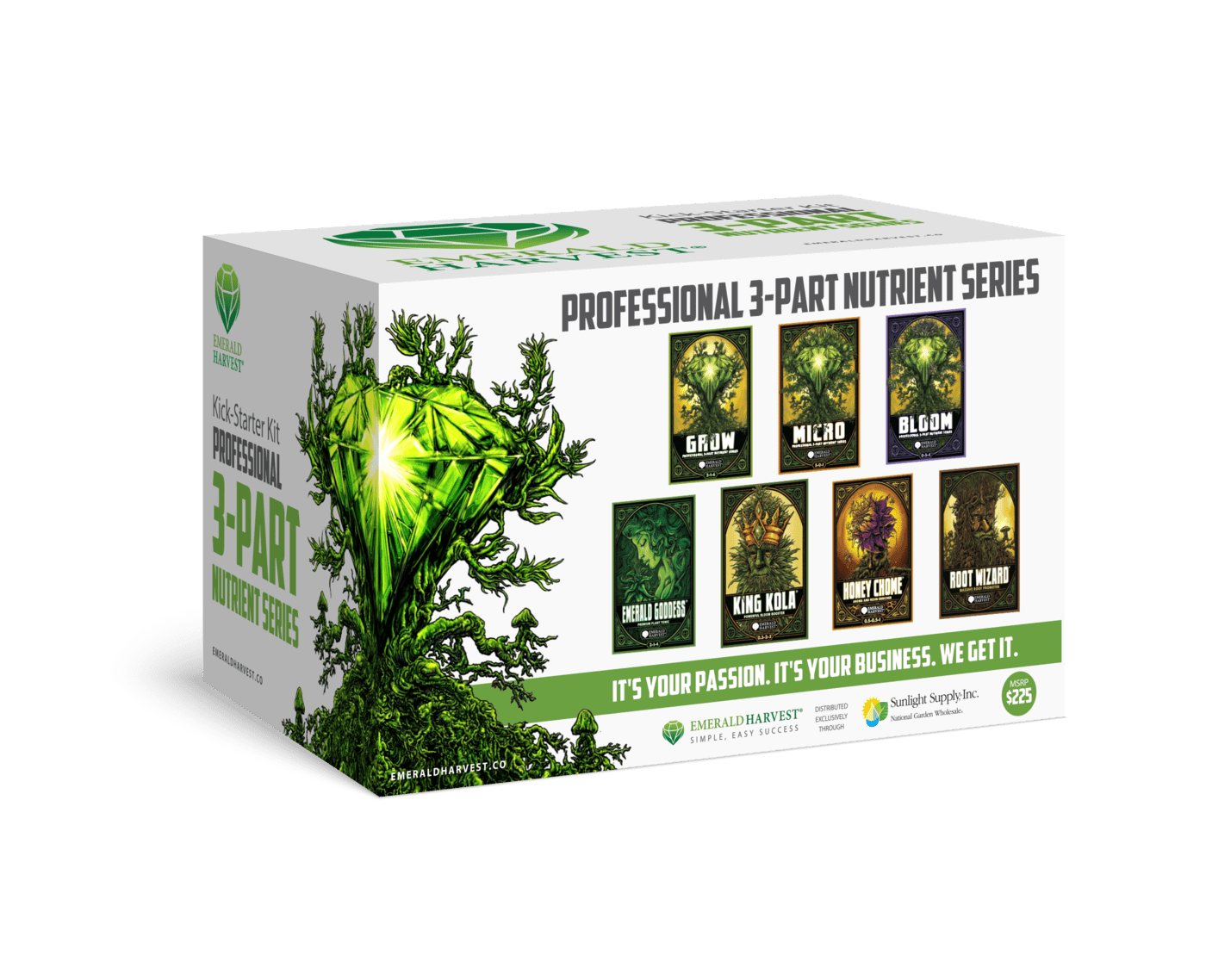
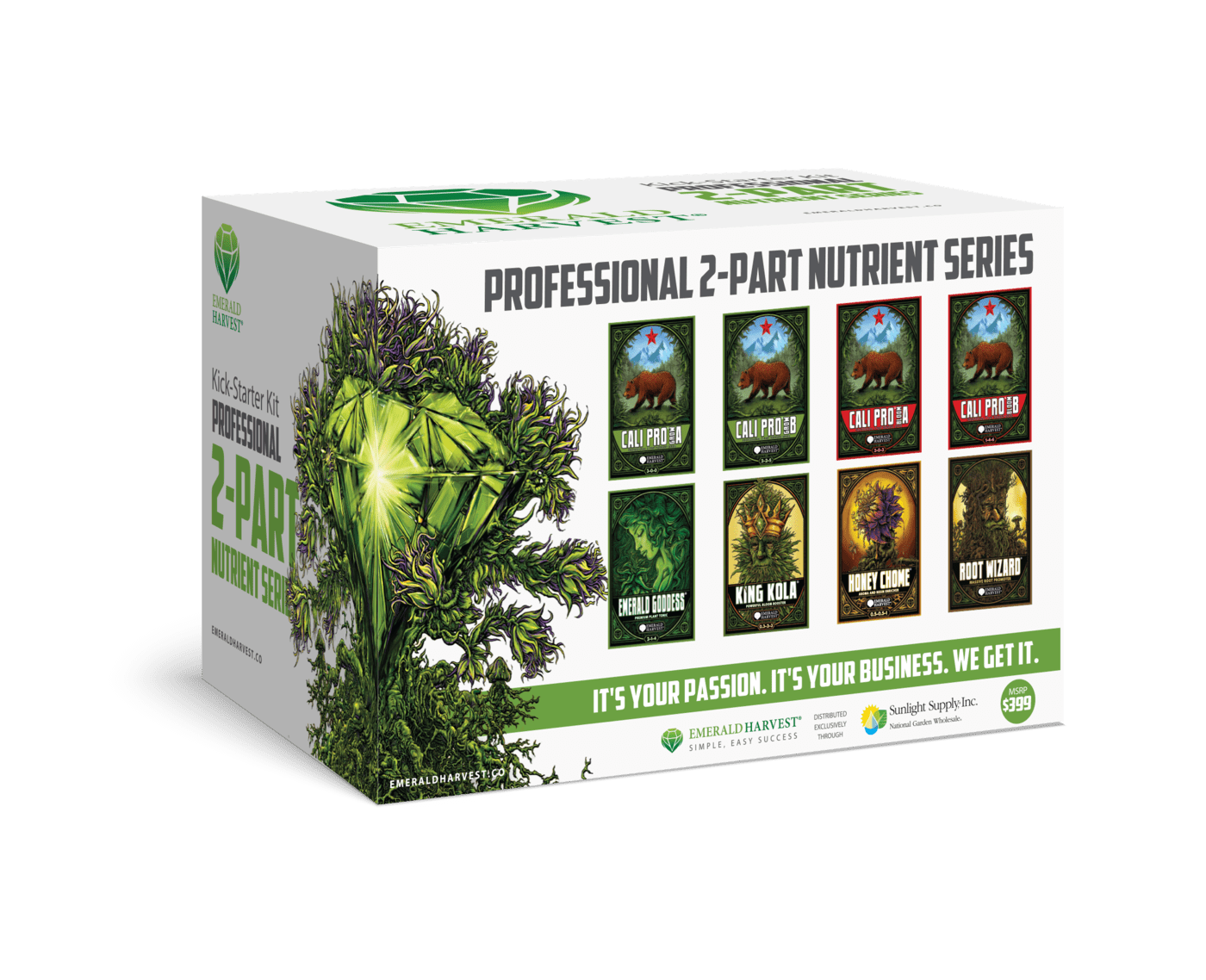
Supplemental Nutrients
Beyond the base nutrients, there are the supplemental nutrients. Supplemental nutrients provide more for the plants than just the basics for growth. They help complete the plant’s nutrition with microbes, humates, enzymes, and special minerals for specific stages of growth. The supplements that are best will vary depending on the style of hydroponics, the base nutrients that are being used, and the type of plants being grown in the system.
The most common supplemental nutrients are Calcium and Magnesium (a.k.a. Cal-Mag) and Potassium silicate (a.k.a. Silica). These are not included in the base nutrients or feeding schedules as some water sources may already contain these minerals. If using filtered or RO water these supplements should be included in the feeding schedule with every watering.
Other supplemental nutrients include bloom boosters, enzymes, microbes, and sugars. Each supplement is not required for the plants to grow, but they do help create the best environment for optimal growth. Using the supplements helps create the best relationship between the plants and the nutrients. Enzymes consume dead root cells preventing rot, microbes keep the nutrients readily available while fostering new root growth, sugars feed the microbes while sweetening the fruit of the plants, and bloom boosters are high-dose fruiting fertilizers to maximize growth in this optimal environment.
Mixing Nutrients
Every nutrient line provides a feeding chart for their products. This is the basic formula for their specific products and the proper ratios to feed your plants based on the stage of growth they are in. Be sure to find the feeding chart for the specific line of nutrients you choose

When mixing the nutrients, it’s important to never mix the nutrients directly together. Mixing the nutrients together directly will cause the minerals to “lock up,” meaning they will no longer be available to the plants. Always rinse your measuring tools between products by dipping them into the reservoir or in a separate bucket to ensure nothing is ever directly mixed.
Understanding PPM or EC
PPM, or EC, is how you monitor the strength of the nutrients in the reservoir. There are different scales to monitor these levels such as PPM 500, PPM 700, and EC. You can see the difference in the scales on the chart above in gray. In these scales, it shows you the correct ppm for that nutrient mixture in the chart of all PPM scales. You only need to monitor one scale. This can be a preference or determined by the products being used. Certain nutrient lines are designed for specific scales and it is good to make sure you’re monitoring the recommended scale for your nutrients if there is one.
Knowing your nutrient strength will help you determine when to change the reservoir, how much nutrients to feed when topping off a reservoir, and help you guarantee that you are maintaining the optimal environment for your root zone.
Understanding Ph
When it comes to understanding Ph, it’s good to start with a basic explanation. Knowing the basics you can now relate the Ph reading to your plants’ needs. It is vital to monitor your Ph daily to ensure that your system is in the correct range. Plants will not be able to access the nutrients in the water if the Ph is too high or too low. Different species of plants do better in specific ranges than others, be sure to maintain your ph in the proper range for your garden to thrive.
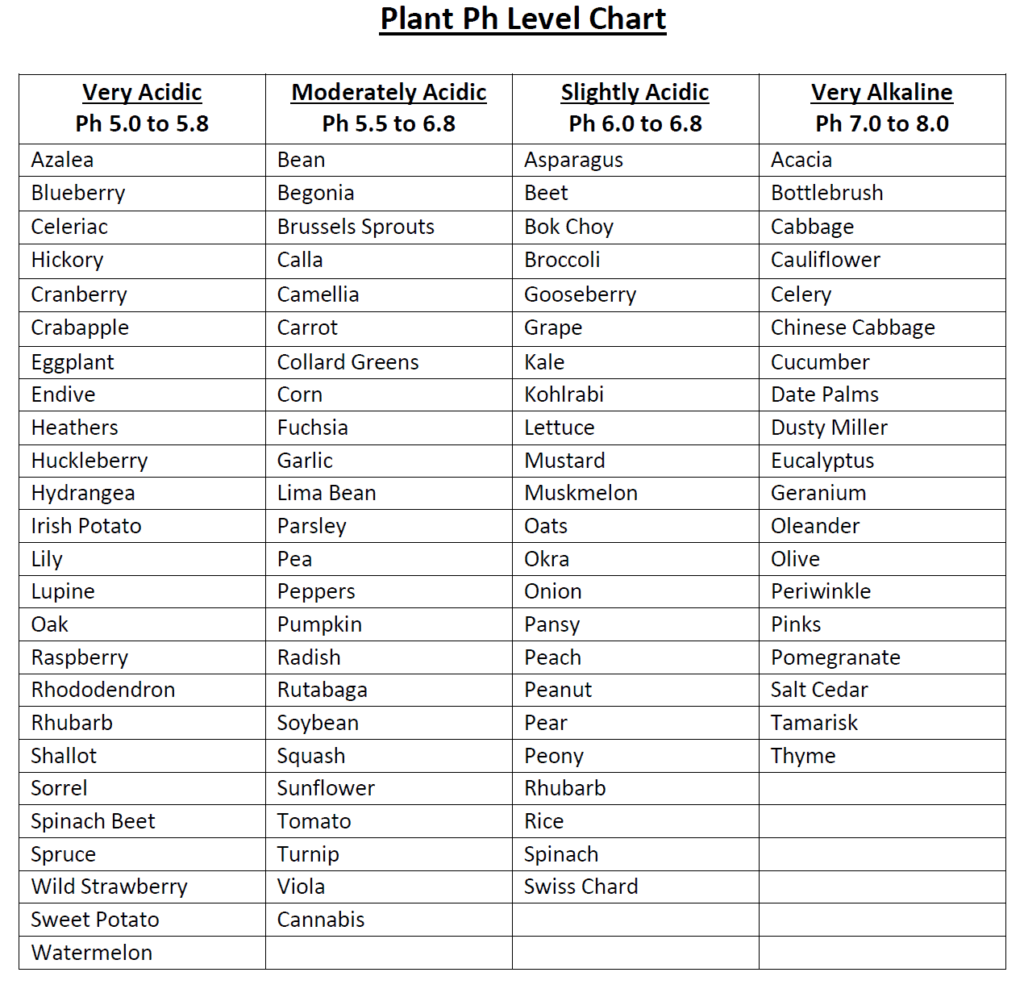
Testing Ph and PPM
Testing your Ph and PPM are very similar when done with digital instruments. You can get digital meters that test both Ph and PPM or individual pen-style testers. If properly maintained these digital meters can be very accurate and last a long time. You can test Ph with other methods such as test strips or a liquid test kit. For PPM, you can only test with a digital meter.
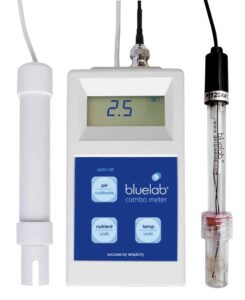


Different Hydroponic Media
Growing hydroponically it is best to use a soilless medium that does not contain any nutrients. These mediums include rock fiber, coco fiber, peat, and course media. All of these mediums do not break down easily, provide stability for the root mass, and retain nutrient-rich water for the plant to feed on. Each medium has its own strengths and weaknesses which makes them more suitable for certain styles of hydroponic systems.
Rock Fiber
Rock fiber, commonly known as Rockwool or Grodan, is an extremely common hydroponic media that is manufactured out of spun rock fibers. It is organic in its composition and extremely easy to use. Neutral in Ph, it will adjust to whatever ph you set your system to. Sturdy in structure with excellent moisture retention, this is an ideal cloning medium that can then be transplanted into a variety of larger sizes or other soils/soilless mediums. With the versatility and low cost of use, this medium is ideal for high production horticulture.
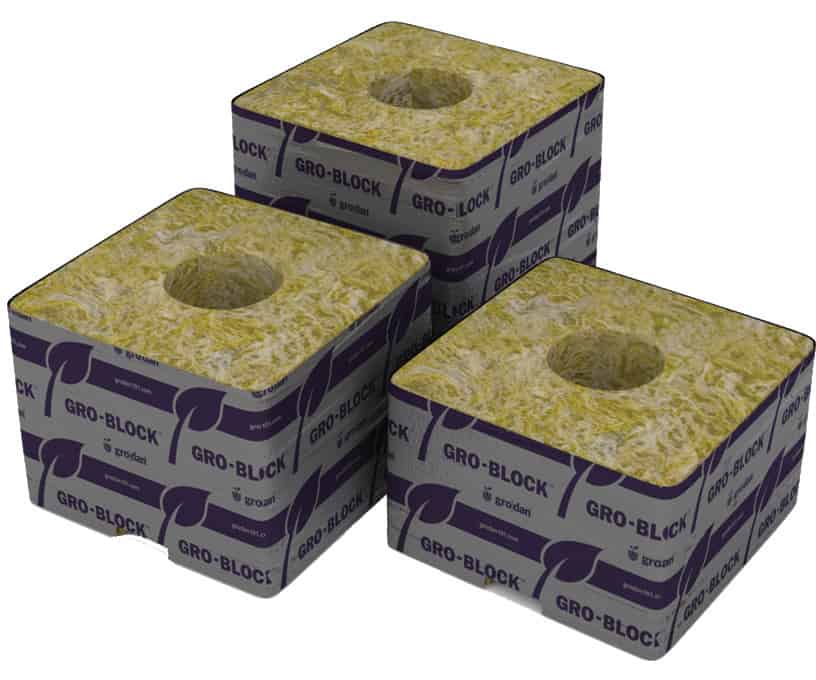
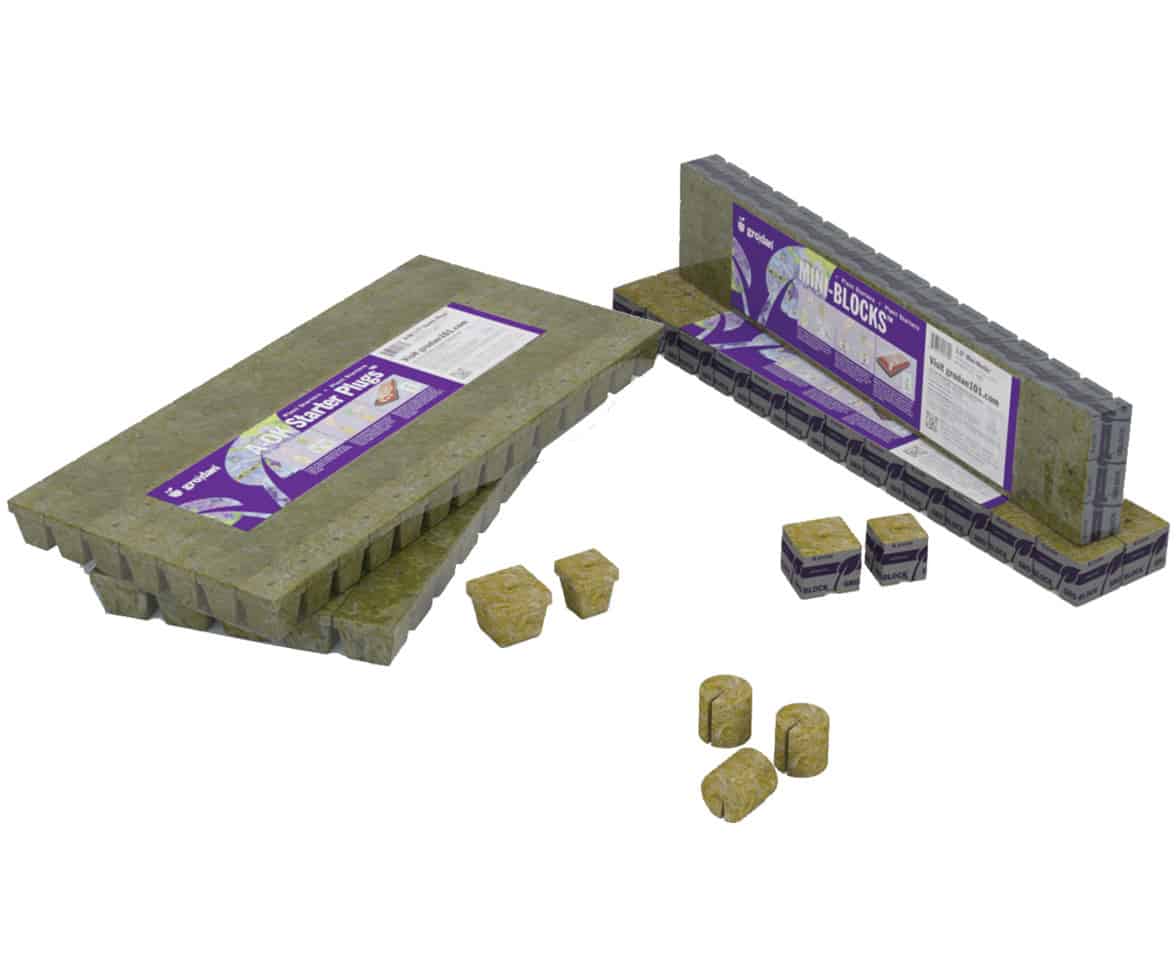
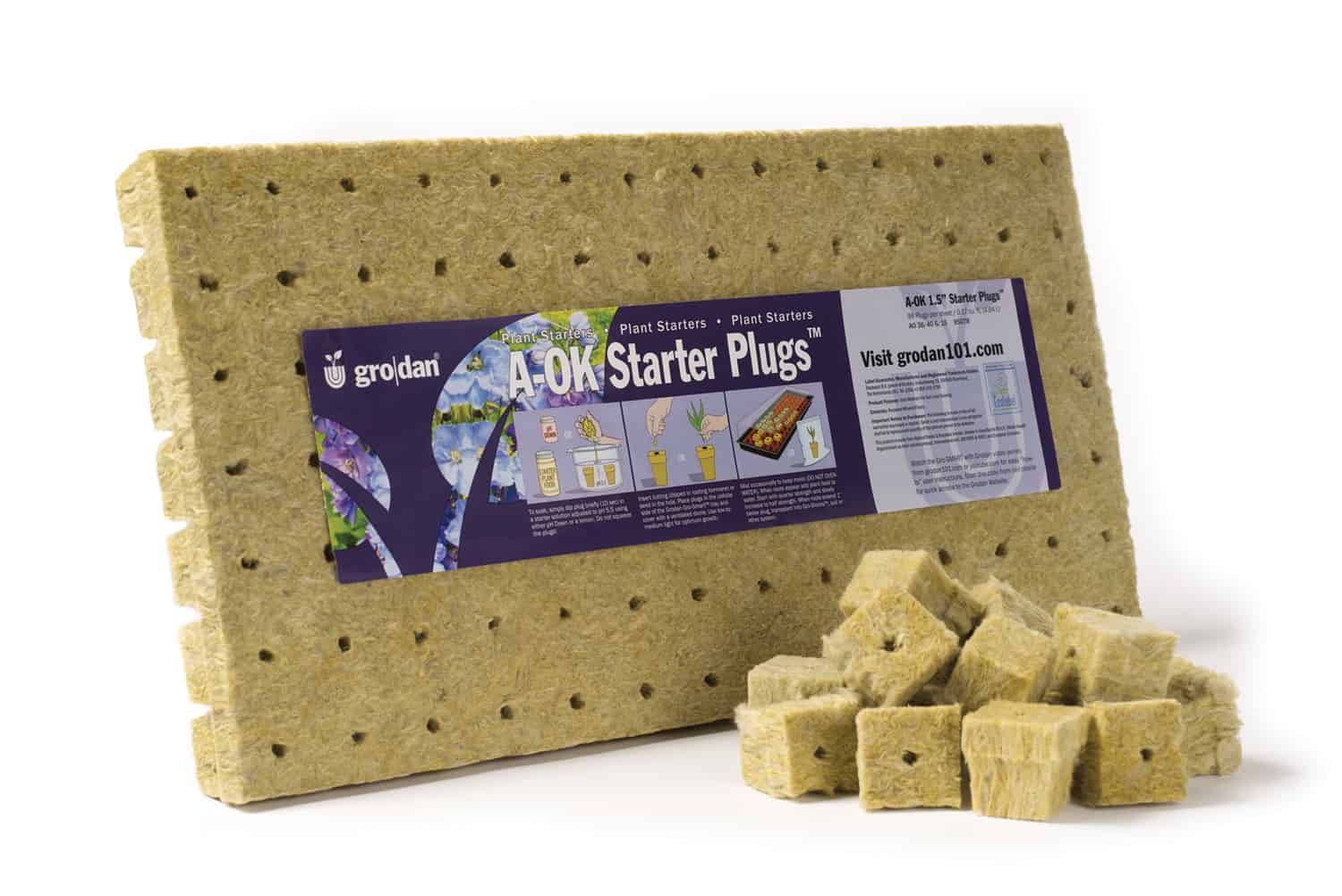
Coco Fiber
Coco fiber is derived from the husks of coconuts. It is very slow to break down and doesn’t contain any nutrients. Good coco fiber is buffered with some calcium and adjusted to a hydroponic Ph. This helps create a stable environment for the root zone and maintains the balance of the nutrients being fed. With a low compaction rate and good drainage, coco fiber can be used alone or mixed with other soil/soilless mediums. Coco is most effective when used in a drain to waste drip irrigation system, but also common for hand watering.
Peat
Peat is known for its water retention and low compaction rate. Similar to coco it doesn’t break down or contain any nutrients. Most commonly used in soil mixes to increase aeration and reduce soil compaction it can be used in hydroponics as well. Recommended to only be used when mixed with other soilless mediums to ensure oversaturation does not occur while running heavy watering schedules. Most peat products come premixed for ease of use, such as PH PRO-MIX.
Course Medias
Perlite, vermiculite, and clay pebbles are all different course media, each with its own unique benefits. These mediums can be used alone or mixed with other media types. Course media has very low water retention and high aeration rates. If used alone the system will require very frequent watering. It is most common for course media to be mixed with other soilless mediums. When mixed, you can create a custom media that is best for water retention and drainage needed for the plant.

Hydroponic Operation and Maintance
When it comes to operating your hydroponics system the way you operate will vary depending on the system you choose. There are two different irrigation styles in hydroponics, recirculating and drain to waste. These irrigation styles are determined by the type of hydroponics system you choose to run.
Drain to Waste Irrigation
Drain to waste is when all the water delivered to the plant is consumed by the plant. It is common to use a coco or peat base with a course media mixed as well. Coco perlite mix is a premixed media that is ready to go directly out of the bag. The media is supposed to retain enough moisture to feed the plant while having enough drainage to ensure proper aeration of the root zone. The pot size will determine the frequency of watering needed.
The smaller the pot, the more frequent the waterings, and the larger the pot, the less frequent waterings. You can water by hand with a watering can, set up a drip irrigation system, or use a wick system. It is recommended to not water by hand unless larger pots are used. Setting up drip irrigation is relatively inexpensive and very effective if set up properly. We prefer the wick system drain to waste irrigation. Using a product like Autopot, the wicking irrigation will give you the most stable supply of nutrients and water without ever underwatering or overwatering your media.
Using drip or wick irrigation you will have to use a reservoir. For these style systems, The ideal reservoir size would be enough water for about one week of watering. The amount of water will be determined by the number and size of the plants being fed. With a reservoir sized for 7 days, you need an airstone and air pump to oxygenate the water in the reservoir. Another option would be to only fill half the reservoir and top it off with fresh water every three days. Monitor Ph and PPM daily to ensure everything stays in the proper ranges.
Recirculating Irrigation
Recirculating irrigation is when the nutrient water is delivered to the plant in excess and the runoff water is then returned to the reservoir for reuse. Rock Fiber and course media is most commonly used in these style systems. Nutrient film technique, deep water culture, ebb & flow, and drip irrigation are all common types of recirculating hydroponics.
Watering frequency should be very high in recirculating hydroponics. This allows for much less growing media to be used per plant making the plant heavily dependent on the flow of water. Keeping your irrigation pumps on a timer or on 24 hours a day will be crucial.
Setting up a reservoir will be required for a recirculating hydroponics system. An air stone with an air pump must be placed in the reservoir to make sure the water stays oxygenated. The reservoir should be sized to make sure there is enough water in the system for full water cycling for 7 days. It will have to include enough water volume for all the plant’s consumption, the water flowing throughout the system, and enough water in the reservoir to keep the pump submerged.
Operating the system you will need to monitor the PPM and Ph daily to ensure it stays in the proper ranges. As the plants consume the nutrient water it will cause swings in these readings. Knowing these readings will help you make decisions about when to add more nutrients, change the reservoir completely, or just add water. If the PPM is rising daily, your plants are consuming more water than nutrients and you can add just water to balance your ppm to the correct range. If the PPM and water are staying consistent you can add some fresh nutrient mix to top off the reservoir.
It can be recommended to change the water out in the reservoir every 7 days. This is why the ideal reservoir size is for 7 days of operation. you can fill the system, run the nutrients only monitoring the Ph and PPM, then when it is at its lowest level it can be emptied and refilled minimizing waste. If your system is well balanced and operating without issues it can be ok to extend nutrient changes out to every 30 days. Extended reservoir changes are not recommended for beginner hydroponic growers.
Happy Growing!
With these basics, you now have enough knowledge to begin operating a hydroponics system of your own. There will always be more to learn as you continue on your growth journey. As your garden develops, we will be here to help you find the best products and information to solve your problems and help your garden thrive!
Thank you for reading. If you have any questions drop them in the comments section and we will get back to you as soon as we can.


